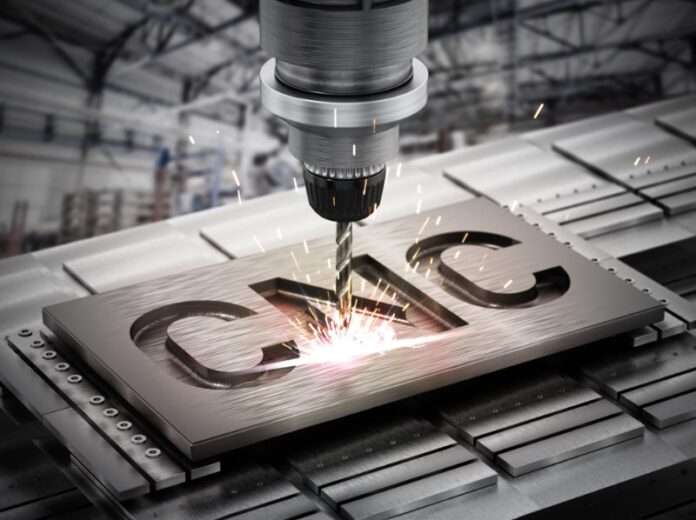Did you know that there are 288,789 machinists across the United States?
Why are machinists needed when machines can do their tasks? It’s because machines require machinists to program them with the correct instructions on how to perform a specific task or process.
If you’ve never seen CNC milling in action or don’t know what it is, look no further.
Here’s the lowdown on CNC milling, including drilling holes in metal, plastic, and composite materials.
Machining
This process incorporates the use of computerized controls to precisely guide the cutting tools along the predetermined path for each unique project. CNC milling works by having a cutting tool that rotates at high speeds to remove material from the workpiece.
This removes excess material from the workpiece and turns it into small chips that are then discarded. CNC machining is often used for complex projects and parts with very tight tolerances.
The computer-controlled cutting path ensures that the result is accurate and repeatable, making it an excellent choice for precision product manufacturing. If you need CNC services, you can check out this CNC machining service in your area for more great tips and information.
Deburring
In deburring, a CNC milling machine is used to create smooth edges, remove burrs, and reduce surface roughness on a product. This technique involves a cutter that is guided along the surface of the workpiece to remove unwanted material and create a smooth, finished surface. It can also be used to adjust the shape and size of pre-made products.
The cutting tool can adjust to the shape and send it through the workpiece for deburring. CNC milling is an effective way to deburr because it’s fast and accurate.
Finishing
Finishing often involves a series of light milling passes with different cutting tools on the same CNC machine. Finishes can range from chamfered edges, matched holes, and even aesthetic finishes such as embossing. With CNC milling, the entire process is highly accurate.
Also, tolerance is kept to a much higher standard than traditional methods. Moreover, CNC milling is a great option when needing to create custom parts with highly refined details and finishes.
Inspection
During the process of CNC milling, it is crucial to perform regular inspections. This helps maintain the accuracy and safety of the workpiece. Regular inspections look for any flaws in the work.
These flaws include chips, cracks, and other abnormalities. In some cases, the use of a visual inspection system, such as a computerized coordinate measuring machine (CMM), is necessary. This technology helps identify flaws in hard-to-reach places that cannot be easily seen with the naked eye.
Assembly
Assembly involves fitting the component with other parts to complete the desired form or function. It requires specialized tools, machines, and equipment to complete the assembly.
The number of components necessary to determine the complexity of the assembly. CNC milling is a critical process step in the assembly to ensure accuracy and precision with each part produced.
Explore the CNC Milling Process Today
The process of CNC milling is complex and skillful, yet efficient and accurate when used correctly. The process includes machining, deburring, finishing, inspection, and assembly.
To learn more about CNC milling and how it works, contact a CNC milling services specialist to discuss your project. They will be able to give advice, troubleshoot, and answer any questions you may have.
Did you find this article informative? Be sure to check out our other blog posts now.










